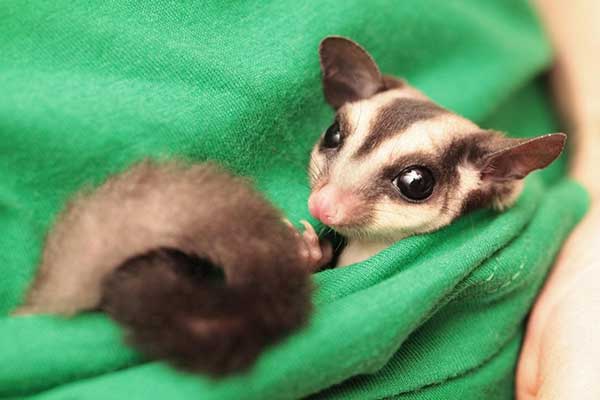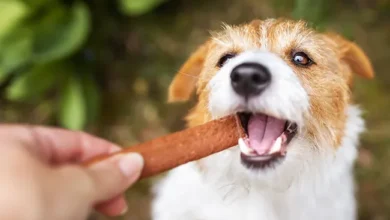
Sugar gliders are adorable little marsupials. Their big eyes, soft fur, and clingy nature make them desirable pets, but not everyone is cut out to be a sugar glider owner.

Getting a pet sugar glider is a big commitment, so you need to know what to expect before bringing it home. We’re here to give you a quick rundown of sugar glider ownership, so you can decide if you’re ready for the responsibility.
Keep reading to learn more.
1. They Need Companions
The most important thing you need to know if you want a sugar glider is that you should always buy them in pairs.
Sugar gliders need companionship. Many people neglect this due to the high sugar glider cost, but they’re clingy animals that can get depressed if left alone.
Some people who choose to have one or who temporarily have one (whether they’re fostering, waiting to replace one that’s passed, or waiting to bring one home from the vet) get small pouches to take with them, so the sugar glider is always nearby. But, for most people, this isn’t doable.
2. They’re Nocturnal
Sugar glider ownership isn’t always a walk in the park. For example, if you have early mornings, you might want to consider a different pet.
Sugar gliders like to be up all night. In the wild, this is when they’d be out and about, and having them in a cage doesn’t change that. Unfortunately, they’re also loud, so if you have a small apartment, you may not be able to sleep. Consider this before committing to your new pet.
3. The Sugar Glider Diet
Feeding a sugar glider is more complicated than feeding a dog or a cat. Their food is harder to come by, and you may have to order it online.
Sugar gliders can eat some foods that people eat, but not everything. Some of these foods are best used as treats. They include fruits and vegetables (if they’re free of dirt or pesticides) and certain meats, among other things.
You want to avoid anything with dairy or pesticides and anything you wouldn’t reasonably feed to a toddler. You should also avoid processed foods. Read this for more information on what not to provide your sugar glider.
4. They’re a Long-Term Commitment
Because they’re small, many people think that sugar gliders are like rodents and that their lifespan follows suit.
Unlike the ever-popular dwarf hamster, which lives an average of two to three years, sugar gliders can live for over a decade. So when you get your pets, you’re committing to the entire sugar glider lifespan.
Keep this in mind while you’re making your decision.
Are You Still Interested in a Pet Sugar Glider?
Getting a pet sugar glider isn’t as simple as getting a dog, cat, or hamster. You need to plan carefully and make sure that this tiny marsupial is a good fit for your home.
Do your research, talk to other sugar glider owners, and take your time before making that commitment. There’s no rush. Your furry friend will still be there if you decide that you’re ready.
For more helpful articles all about pets and animals, visit the rest of the site.



